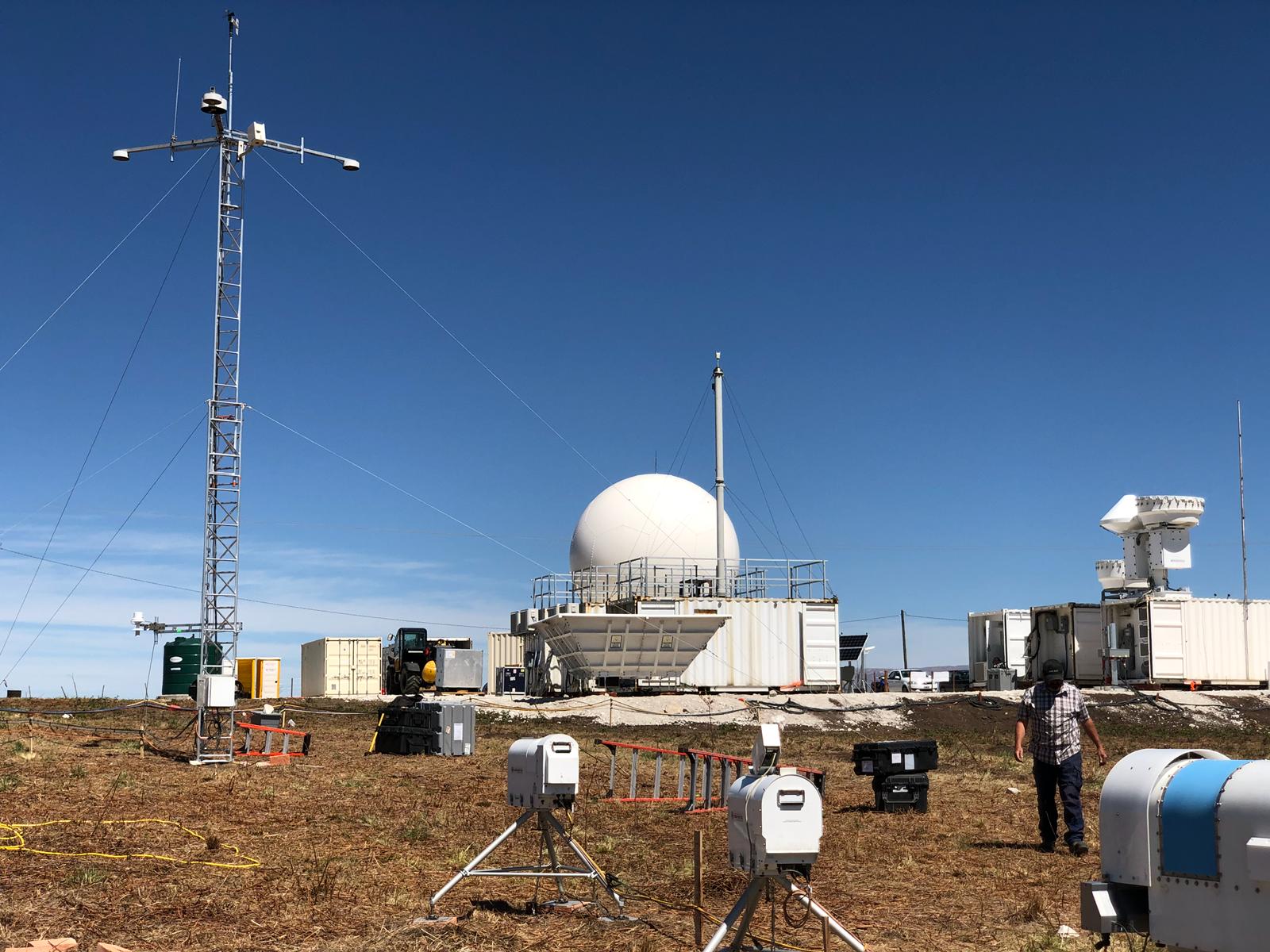Journal Nods to CACTI
Published: 21 November 2018

Some of the world’s most destructive thunderstorms crop up in Argentina, along the eastern side of the Andes. The journal Nature recently highlighted current research efforts, including an Atmospheric Radiation Measurement (ARM) user facility field campaign, to improve understanding of these storms.
The Cloud, Aerosol, and Complex Terrain Interactions (CACTI) field campaign began in October 2018 and will continue through April 2019 in the Sierras de Córdoba mountain range in north-central Argentina. CACTI researchers will use ARM ground and airborne data to help fill in knowledge gaps about how convective storms form, grow, and organize. CACTI is running concurrently with another field campaign in the region—Remote sensing of Electrification, Lightning, And Mesoscale/microscale Processes with Adaptive Ground Observations (RELAMPAGO)—that aims to improve predictions of severe weather.
Keep up with the Atmospheric Observer
Updates on ARM news, events, and opportunities delivered to your inbox
ARM User Profile
ARM welcomes users from all institutions and nations. A free ARM user account is needed to access ARM data.


















